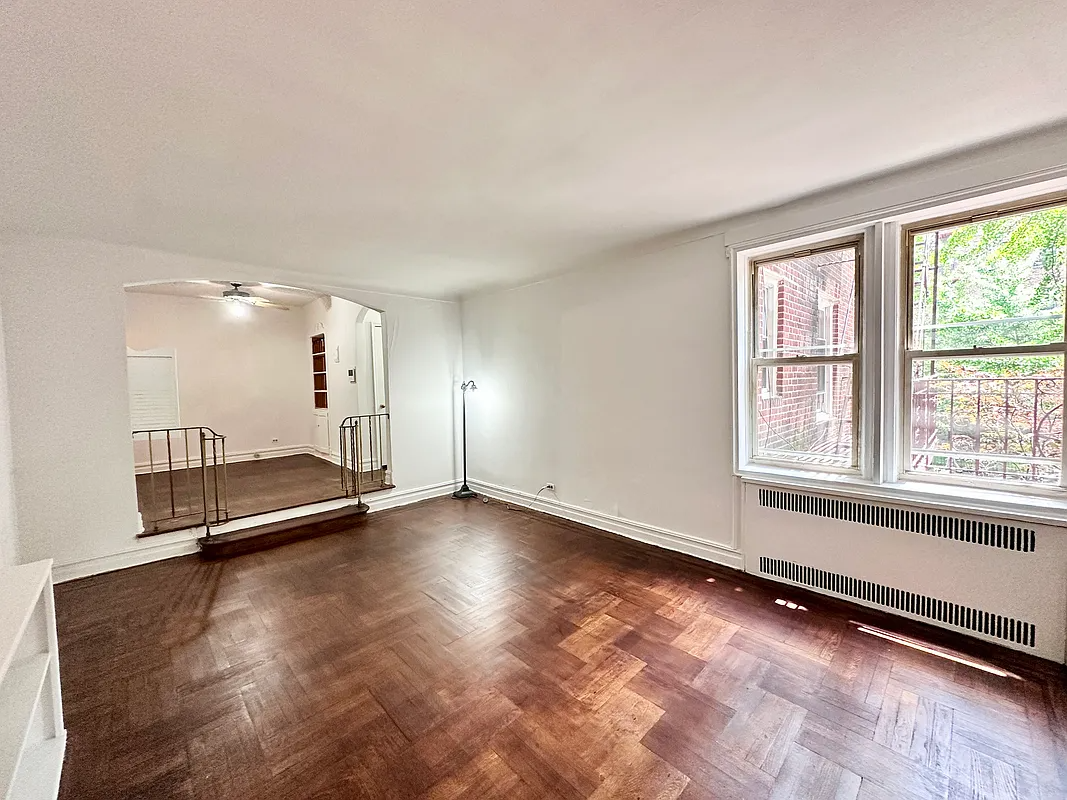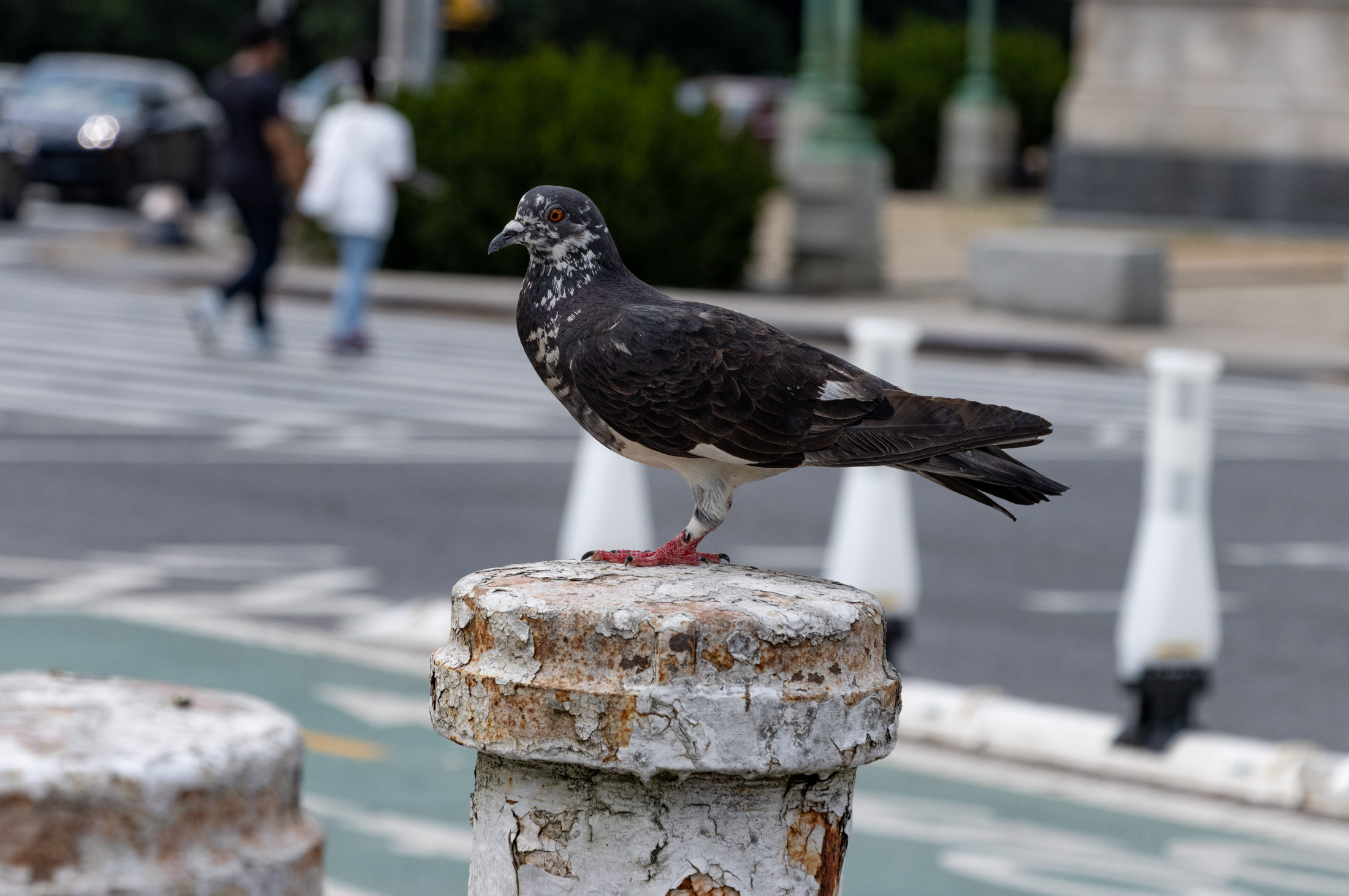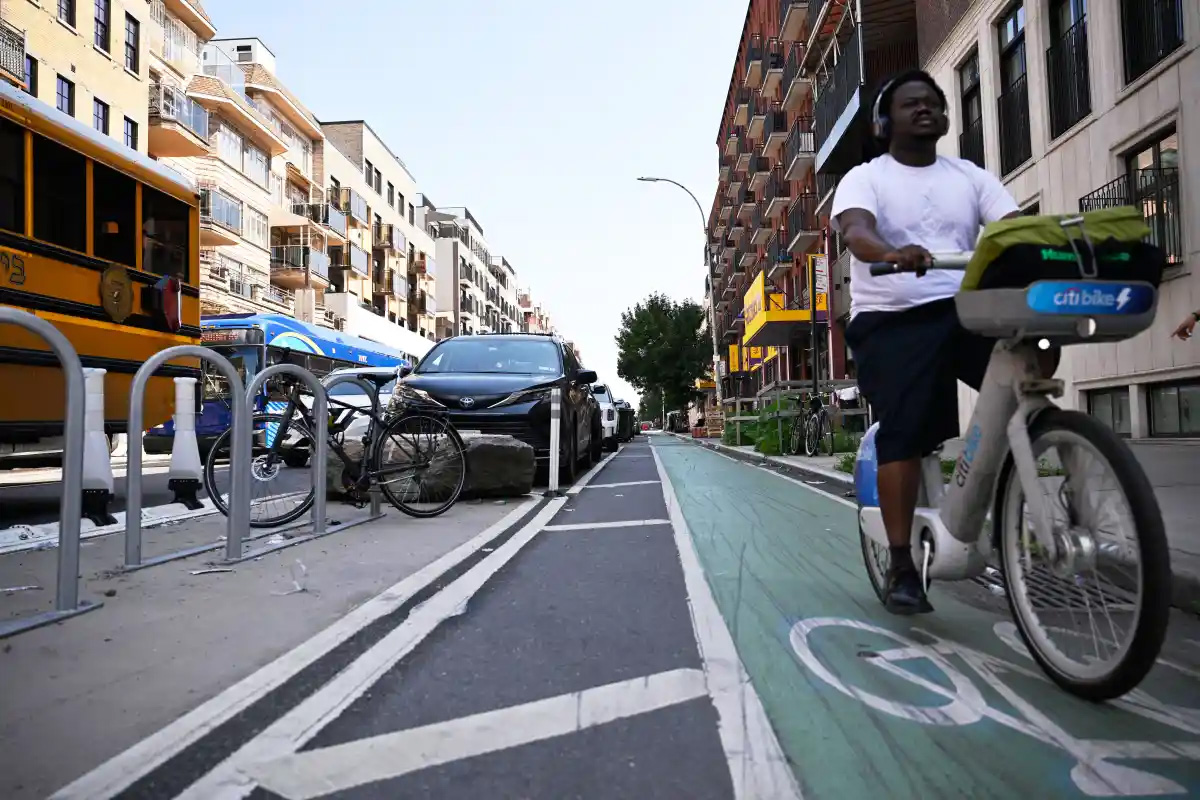Walkabout With Montrose: Build Me a House of Sturdy Brick
Mankind’s oldest building material is brick. Before they shaped stone with tools, our ancestors dried mud and other materials in the sun and stacked them to make shelters, altars and marketplaces. Centuries later, the father of the Arts and Crafts Movement, William Morris, commissioned a home that would realize all of his philosophies and ideals,…


Mankind’s oldest building material is brick. Before they shaped stone with tools, our ancestors dried mud and other materials in the sun and stacked them to make shelters, altars and marketplaces.
Centuries later, the father of the Arts and Crafts Movement, William Morris, commissioned a home that would realize all of his philosophies and ideals, not out of stone, as was the fashion in 19th century, upper middle class England, but in warm, red brick.
The Red House remains the quintessential Arts and Crafts home, a repository and workshop for a movement that would change the industrialized Victorian world, and influence future architects such as HH Richardson and Frank Lloyd Wright.

In going through my photographs, I realize that my favorite buildings are brick. Not limestone or brownstone, but brick. Sometimes the bricks are classic terra cotta, sometimes white, or golden yellow, grey, black, or even purple.
In fact, if you look closely, most of historic, Brownstone Brooklyn really is made out of brick. The various stone facades are only cladding, the building is really brick. With the exception of wooden framed houses, this is a brick city.
Brick is well complemented by the various combination of materials used with it, especially in the later Queen Anne and Revival movements, and all of the goodies: ashlar stone, terra cotta, carved stone, ironwork, stained glass, wood trim, and hardware are mixed with wonderful wild abandon on our streets.

This innovation did not end with the 19th century, either. Some of the best brickwork in my neighborhood can be found in the apartment buildings and other structures built as late as the late 1930’s. Even the fact that the less than admired Fedders houses are clad in some kind of brick shows that this medium resonates at all levels, even today.
I do admit to a special fondness for the different ways that architects use brick work by itself to achieve patterns and massing. Bricks are used in horizontal, vertical, and diagonal patterns. They jut out to catch our eye, or recess to create depth.
They shape archways, they frame windows. They curve around to suggest great mass and create fortresses, whether in armories, churches or apartment buildings. Grey bricks are somber, gold bricks suggest richness.

Multicolored patterns can hint of foreign lands and times, while terra cotta can suggest great age and majesty, as well as a classic vision of home and hearth. In the end, the commonality of all buildings is illustrated in a crumbling foundation of brick.
All show the architects’ talent in using the mundane to achieve greatness, as well as the skills of thousands of expert bricklayers whose creations still stand after all these years with little or no attention or special care. So look around, enjoy the Flickr link, and take a closer look at the possibilities and beauty of the common brick.




[Photos by Suzanne Spellen]





Yes, thank you!
Familiarity with brick is an inexorable part of growing up and living in Brooklyn. Thanks, Montrose!
Thank you Montrose for another wonderful thread.
I associate brick with schools / hospitals / municipal buildings that I remember from growing up as well. Brick buildings are still among my favorites. Wooden houses often look flimsy (although guess there is a big notable exception locally to that locally in Victorian Flatbush).
Thanks again for the article Montrose – a very welcome and educational diversion.
NOP.. some kids do. ilived in the projects in jersey for a few years as a kid. from 10-13. in the same development they had brownstones. mini versions of them. it was meadowview avenue in north bergen nj. i cant find much about them. they were so pretty and everyone in the buildings wanted to get into one. my bedroom window looked on them. so i had a great view. i had friends in them but they were teeeeeeeeeeeeny. but that was ok. i am so curious about their construction!
*rob*
These articles of yours are such a wonderful distraction and lift from the same old tired stuff about the tanking economy, guessing and discussing the real estate market and the gentrification culture wars. Instead, you offer us some space to relax for a moment and think about “seeing” the very buildings and neighborhoods that are the stuff of all the above. Indeed, in the early days of Brownstoner, I thought, and certainly hoped, the emphasis would be more in this direction. So thanks, MM for bringing us back to love archictecture and history — and especially in sharing how gracefully it lives in the so-called “fringe” areas of our borough. Keep ’em coming ’cause I’m definitely lovin’ it!
I love old brick facades. one of the biggest differences to my eye between old and new brickwork is the width of the joints. in old buildings the joints are paper thih, while in new construction one usually sees big sloppy joints that look crude by comparison. it is almost like the art of bricklaying has evolved backwards from refined to crude.
Thanks Montrose for bringing this beauty straight to our monitors.
Thank you MM! So intriguing to look at the beautiful details and to think about the work and thought that go into building creatively with it!